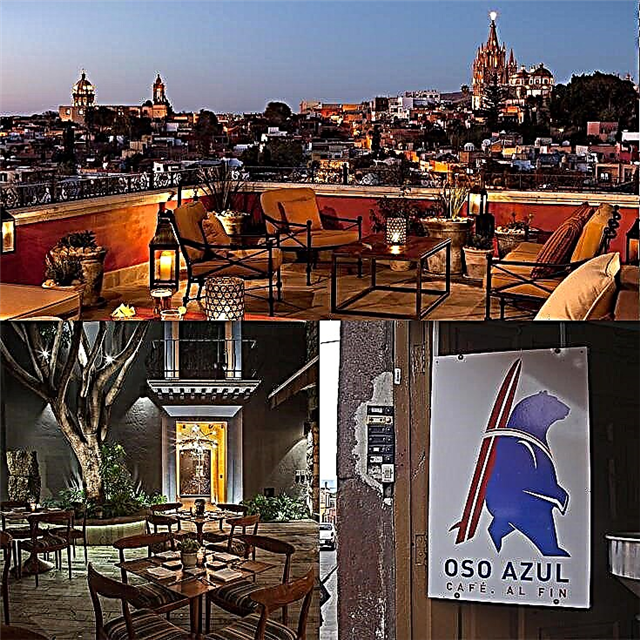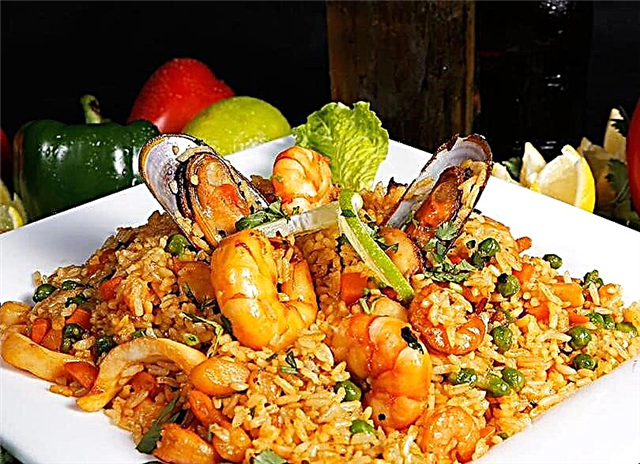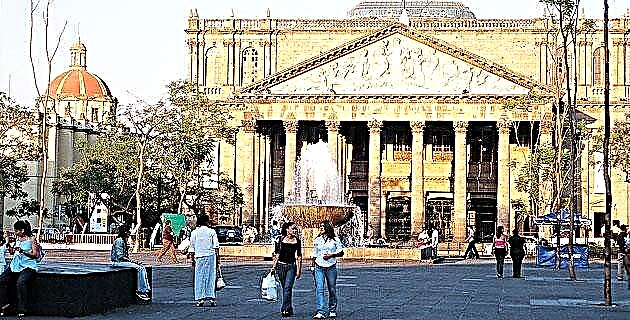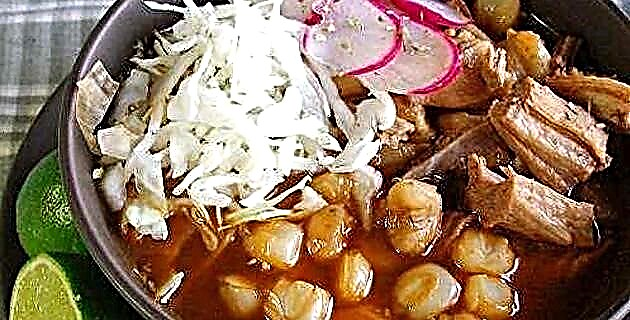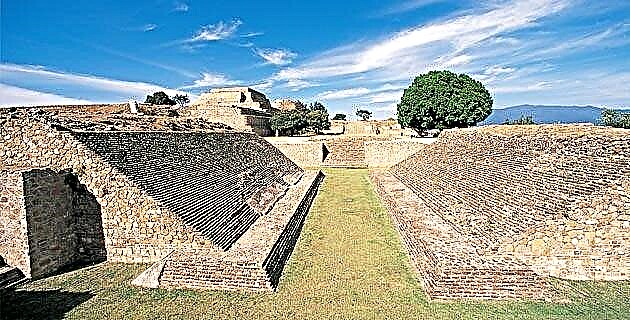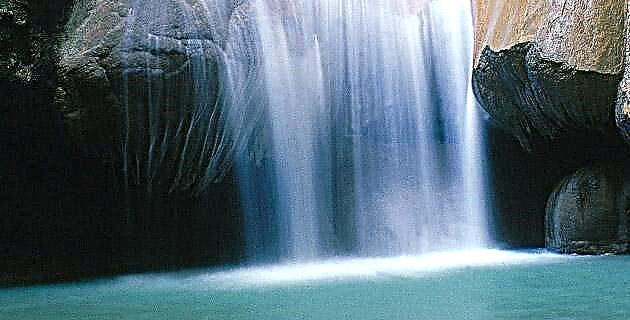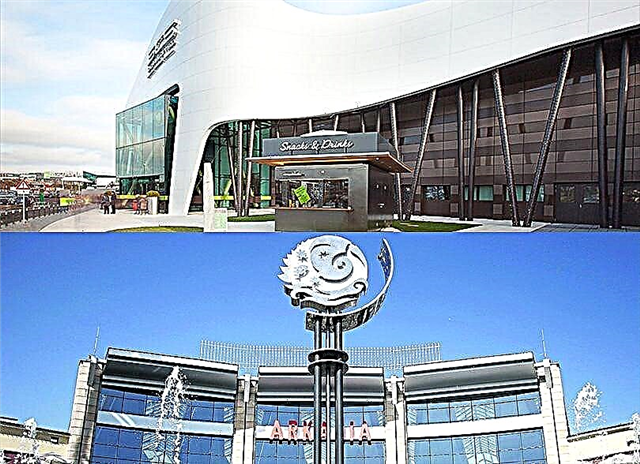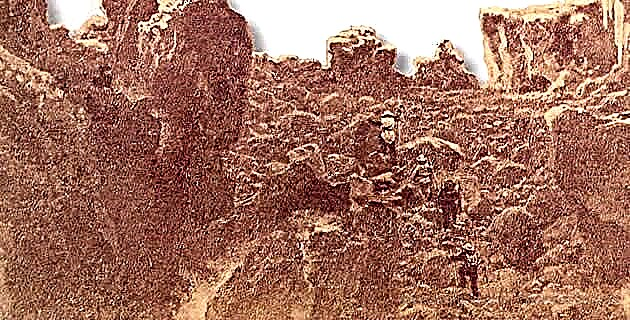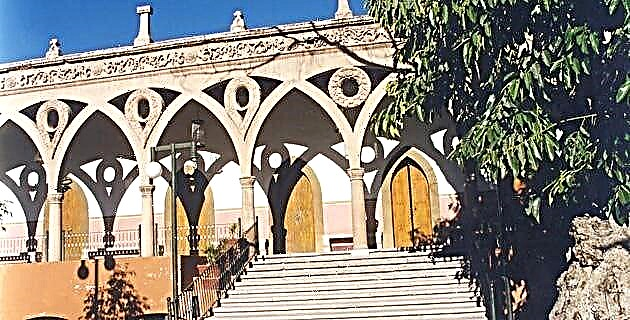
This site was also known as the Baños de Abajo, to differentiate them from the Baños Grandes de Ojocaliente to which wealthy families attended.
Its construction was approved by the city council in 1821, with thirteen pleasures or tubs, four open-air bathrooms, a vegetable garden, a set of public laundries and, at the end of the 19th century, a pool known as “La Puga”. The complex is made up of buildings from different periods, among which the old hotel San Carlos stands out, in neoclassical style, with outdoor pools and neo-Gothic arches.
This site was also known as the Baños de Abajo, to differentiate them from the Baños Grandes de Ojocaliente to which wealthy families attended. Its construction was approved by the city council in 1821, with thirteen pleasures or tubs, four open-air bathrooms, a vegetable garden, a set of public laundries and, at the end of the 19th century, a pool known as “La Puga”. The complex is made up of buildings from different periods, among which the old San Carlos hotel stands out, in neoclassical style, with outdoor pools and neo-Gothic arches.
In 1990 it was declared a historical monument and in 1993 the architectural rescue and adaptation work began to give it life as a cultural center, where today plays, concerts and conferences are held, among a wide variety of activities.
The thermal baths of Ojocaliente
During colonial times, natural pools and ditches used to form on these lands with the warm waters that flowed from a spring, called Ojocaliente, which was the most important source of water supply in the city. The bathrooms that were built there are still working, although modified, but they continue to serve as since their foundation.
Source: Aeroméxico Tips No. 21 Aguascalientes / Fall 2001

